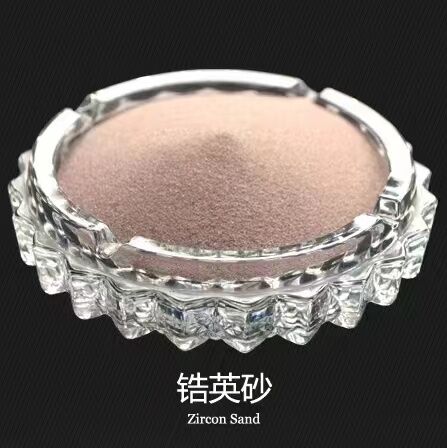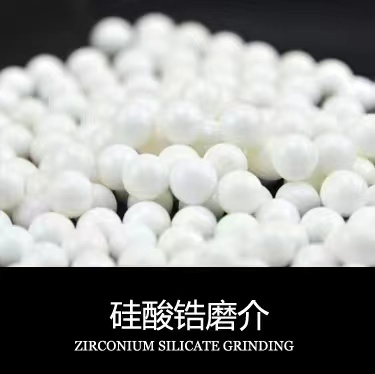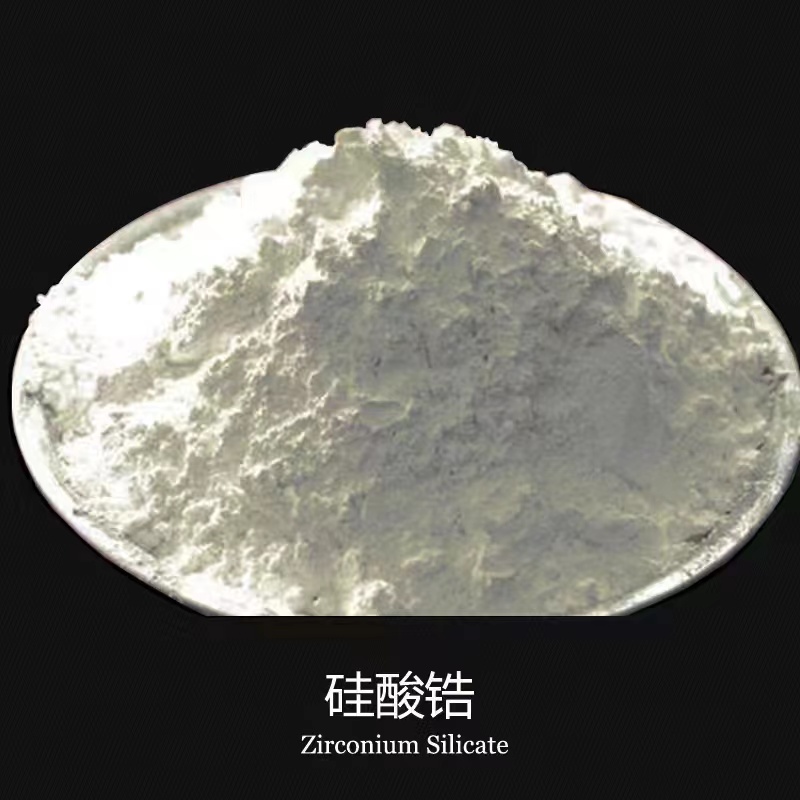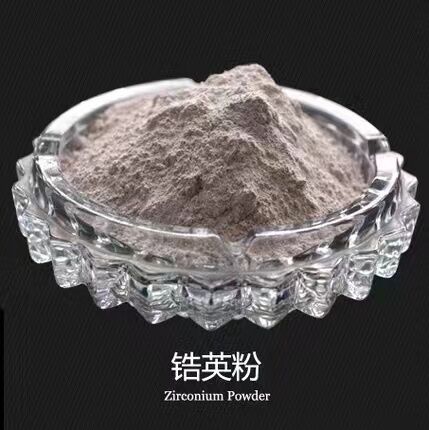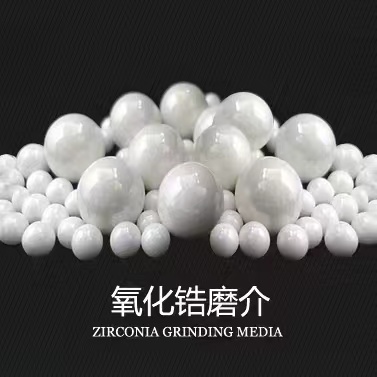
MESSAGE
structure
Zircon sand (zircon) is produced as a by-mineral in various igneous rocks. It can be enriched into ores in alkaline rocks and alkaline pegmatites, and famous sources are southern Norway and the Russian Urals. Zircon is also often enriched in placer mines. The world's most important gem-quality zircon is produced in Laos, Cambodia, Myanmar, Thailand and other places. There are also gem-quality zircon in alkaline basalts in eastern China. Zircon is the most important mineral raw material for the extraction of zirconium and hafnium, and is also used in the defense and aerospace industries. Zircon sand (zircon) is a silicate mineral, which can be divided into two varieties according to its physical properties and chemical composition: high type and low type. Crystals with complete crystals are mostly "high type"; Crystals with extremely poor or amorphous crystals are "low type". There are also three types: high, medium and low. But in terms of gemstone value, high-type zircon is more valuable.
Zircon sand (zircon) is a gemstone with a high dispersion value second only to diamond in natural gemstones, and colorless and transparent zircon resembles diamonds and is a good substitute for diamonds. Commonly used zircon is mostly colorless, reddish-brown, brownish-red, green, etc. However, the most popular colors are blue and colorless, of which blue has a higher value and is generally artificially heat-treated. Many zircon on the market are heat treated before being sold. This is because the treated gemstone is more beautiful and sells better than the original. The crystals of zircon sand (zircon stone) belong to the tetragonal crystal system, a0=0.662nm, c0=0.602nm; Z=4。 In the structure, Zr and Si are arranged along the c-axis into a tetragonal central unit cell. The crystal structure can be thought of as consisting of the [SiO4] tetrahedron and [ZrO8] triangular dodecahedron. [ZrO8] triangular dodecades are tightly connected in a congenital manner in the b-axis direction. Complex tetragonal double cone crystals, D4h-4/mmm (L44L25PC). The crystals are quadripartite biconical, columnar, and plate-shaped, and the morphology is closely related to the composition. Main monomorphs: tetragonal columns m, a, tetragonal bicone p, u, complex tetragonal bicone x. Can be attached to the knee-shaped double crystal. It can be regularly associated with yttrium phosphate ore.
Physical
The crystals are short columnar, usually quadrilateral, tetragonal bipyramidal, or complex quadripartite bicones. Due to different formation conditions, the crystal morphology is different. For example, zircon quadrigonal bicones in alkaline igneous rocks develop in a double cone shape; The zircon cylinders and cones in acidic igneous rocks are both developed and columnar; Zircon columns in neutral igneous rock
zircon
zircon
The surface is developed, and there are complex quadripartite double cones, so the crystal shape of zircon can be used as a standard feature. The color of zircon sand (zircon) is diverse, including purple red, yellow-brown, light yellow, light red, green, gray, colorless, etc., diamond luster. Morse hardness 7.5~8, specific gravity 4.4~4.8. Zircon with a beautiful and transparent color can be used as a gemstone.
Yellow under X-ray irradiation, weak yellow light under cathode rays, and bright orange-yellow light under ultraviolet light.
Under polarizer: colorless to light yellow, strong dispersion, large refractive index. No=1.91~1.96,Ne=1.957~2.04。 The refractive index of homogeneous body decreases, N=1.60~1.83.
Melting point 2340~2550 °c. Under oxidation conditions, it is stable at 1300~1500 °C; Decomposes at 1550~1750 °C to generate ZrO2SiO2. The linear thermal expansion coefficient is 5.010-6/°C (200~1000°C), and it is resistant to thermal vibration and has good stability. At high temperature, it does not react with CaO, SiO2, C, Al2O3, etc., has strong slag corrosion resistance and does not stick to molten steel.
Industrial use
Zircon sand (zircon) is extremely resistant to high temperatures, with a melting point of 2750 degrees Celsius. And resistant to acid corrosion. 80% of the world's direct use is in the foundry industry, ceramics, glass industry and in the manufacture of refractories. A small amount is used in ferroalloys, medicine, paints, tanning, abrasives, chemical and nuclear industries. A very small amount is used to smelt metal zirconium.
Zircon sand containing ZrO265~66% is directly used as a casting material for iron metal in foundries because of its melt resistance (melting point above 2500 °C). Zircon sand has low thermal expansion, high thermal conductivity, and stronger chemical stability than other ordinary fusible materials, so high-quality zircon has good adhesion and is used in the foundry industry together with various other adhesives. Zircon sand is also used as a brick for glass kilns. Zircon sand and zircon powder mixed with other fus-resistant materials have other uses.
Zircon mine
Zircon sand (zircon) is used in the production of refractory materials (called zirconium refractory materials, such as zirconia corundum bricks, zirconium refractory fiber), casting industry casting sand (precision casting molding sand), precision enamel utensils, in addition to glass, metal (sponge zirconium) and zirconium compounds (zirconium dioxide, zirconia chloride, sodium zirconate, potassium fluorozirconate, zirconium sulfate, etc.). Zircon stone bricks that can be made into glass kilns, zircon stone bricks, ramming materials and castables for steel barrels; Adding to other materials can improve its properties, such as the addition of zircon sand to synthetic cordierite, which can broaden the sintering range of cordierite without affecting its thermal shock stability; The addition of zircon sand in high-alumina bricks to manufacture anti-spalling high-aluminum bricks greatly improves the stability of thermal shock; It can also be used to extract ZrO2. Zircon sand can be used as high-quality raw sand for casting, and zircon sand powder is the main component of casting coatings.
Zircon sand (zircon) and dolomite react together at high temperatures to form zirconia dioxide or zirconium oxygen (ZrO2). Zirconium oxygen is also a high-quality fus-resistant material, although its crystal shape changes with temperature. Stable zirconium oxygen also contains small amounts of magnesium, calcium, scandium or yttrium oxides, stable zirconium oxygen melting point close to 2700, it is resistant to thermal shock, in some metallurgical applications worse than zircon reaction. Stable zirconium oxygen has low thermal conductivity, and in industrial zirconium oxygen, hafnium dioxide is harmless to use as a melt resistance.
Zirconium in metallic form, mainly used in the chemical industry and the nuclear reactor industry, as well as in other industries that require corrosion resistance, high temperature resistance, special fusion properties, or absorption of special neutrons, in the United States, about 8% of the total zirconium consumption is used in these industries, and the only meaningful application of hafnium metal is used in nuclear reactors of warships.
Zirconium metal, obtained by multi-stage refining, initially zircon reacts with coke in an electric furnace to produce zirconium hydrocarbon, and then chlorinated to form zirconium tetrachloride. The magnesium reduction zirconium tetrachloride process involves the reduction of tetrachloride, which places magnesium metal in an inert gas to obtain sponge-like zirconium metal. High-purity zirconium metal can be refined by iodide thermal dissociation, in this process, relying on the metal and iodine vapor to react at a temperature of 200 ° C, and send volatile iodine to the connector, so that zirconium becomes a volatile iodine form, thereby separating from most impurities. At a temperature of approximately 1300 ° C, iodide is separated on a heated filament. High-purity zirconium is attached to the filament. The released iodine is transferred from the filament, and this product is called a zirconium rod.
Products Recommended
Please give us a message

